Overview of the four drone controls
-Drone yaw control: The yaw control is located on the drone’s remote control. This control is used to roll the drone to one side while keeping it stable on the other side. The yaw control is commonly used to move the drone around so that it can take photographs or videos, or alter its position in the sky. The yaw control is often used in conjunction with the roll control.
-Drone pitch control: The pitch control is located on the remote control of the drone. This control can be used to alter the angle of the drone’s propellers. The pitch control is commonly used when taking photographs or filming videos.
-Drone roll control: The roll control is another control found on a drone’s remote control. This control can be used to alter the angle of the drone’s propellers. The roll control is commonly used when taking photographs or filming videos.
Yaw Control
The yaw control is a special type of control that is used to rotate a drone’s rotors, which allows the drone to turn left or right. The yaw control can be found on the left side of the remote control. You turn the yaw control until the drone yaws to the left, and then you turn it until the drone yaws to the right. Since the drone’s rotors automatically rotate to keep the drone flying level, you do not have to worry about maintaining thrust. The yaw control can be used to turn the drone to either the left or right, depending on which direction you want the drone to go. However, you can also use the yaw control to control the drone’s altitude, which is useful for taking high-altitude photographs and videos.
Pitch Control
The drone’s propellers are angled to create thrust, allowing the drone to fly. A drone’s pitch control is located on the remote control, and it is used to alter the angle of the drone’s propellers. You can use the pitch control to alter the drone’s altitude, change the angle of the drone’s flight, or make the drone ascend or descend. You can use the pitch control to alter the drone’s altitude, either to fly the drone above other objects or to make the drone fly at a lower altitude. You can also use the pitch control to change the angle of the drone’s flight, which is useful for maneuvering around obstacles.
Roll Control
The drone’s rotors are angled to create thrust, allowing the drone to fly. A drone’s rotors are angled at different angles, allowing for greater lift and less forward momentum. A drone’s rotors are angled to create lift, allowing the drone to fly. A drone’s rotors are angled at different angles, which is how they are able to create lift. The drone’s rotors can be angled either up or down, allowing the drone to fly in a level position. You can use the drone’s roll control to alter the angle of the drone’s rotors, causing the drone to ascend or descend. You can also use the roll control to make the drone fly at a constant altitude.
Throttle Control
Drones are controlled using radio waves that are sent from the drone’s remote control. When you operate the drone, you adjust the throttle on the remote control to alter the amount of power that is being sent to the drone’s propellers. There are two types of transmissions that are used to control drones: line-of-sight (LOS) and non-line-of-sight (NLOS). LOS transmissions are used in clear areas, such as open fields. NLOS transmissions are used in non-visible areas, such as indoors. The throttle control allows for greater control over your flight. You can adjust the throttle to change the speed at which the drone travels, allowing for a greater range of flight speeds. You can also use the throttle control to alter the drone’s direction, either to turn the drone or to make it descend.
How the four controls work together
Although these four controls are very different, they all work together to keep a drone in the sky. The yaw control keeps the drone flying straight, while the pitch control makes the drone fly level. The roll control can be used to change the direction of the drone’s flight, while the throttle controls the amount of power being sent to the drone’s propellers.
Tips for mastering the four controls
Before you can fly a drone, you’ll need to learn how to control it. The four drone controls are all very different, and they don’t work in the same way. This can make it difficult to learn how to use all four at the same time. To become a skilled pilot, you’ll need to learn how to use all four controls at once. To become proficient in drone control, you’ll need to practice using all four at once. To become a skilled pilot, it’s important to understand the four different controls. For example, the yaw control can be used to alter the drone’s altitude, change the angle of the drone’s propellers, or make the drone fly level.
Drone control tutorials
A great way to get started with drone control is to watch a tutorial video. A tutorial will guide you through the controls, allowing you to practice using all four controls at once. There are plenty of resources online that offer step-by-step tutorials on how to fly a drone. These videos can be helpful when you want to learn how to control a drone, but they can also be useful for those who want to master the four controls.
Drone control services
If you want to become a drone pilot, but you aren’t sure where to start, a professional drone pilot training course may be the perfect solution. These courses will teach you how to operate a drone safely and accurately, as well as teach you the four drone controls. A drone pilot training course will also help you get FAA certification, which is required for commercial drone use. A certificate from the FAA will allow you to legally operate a drone for commercial purposes, and it will also allow you to fly a drone for recreational purposes.
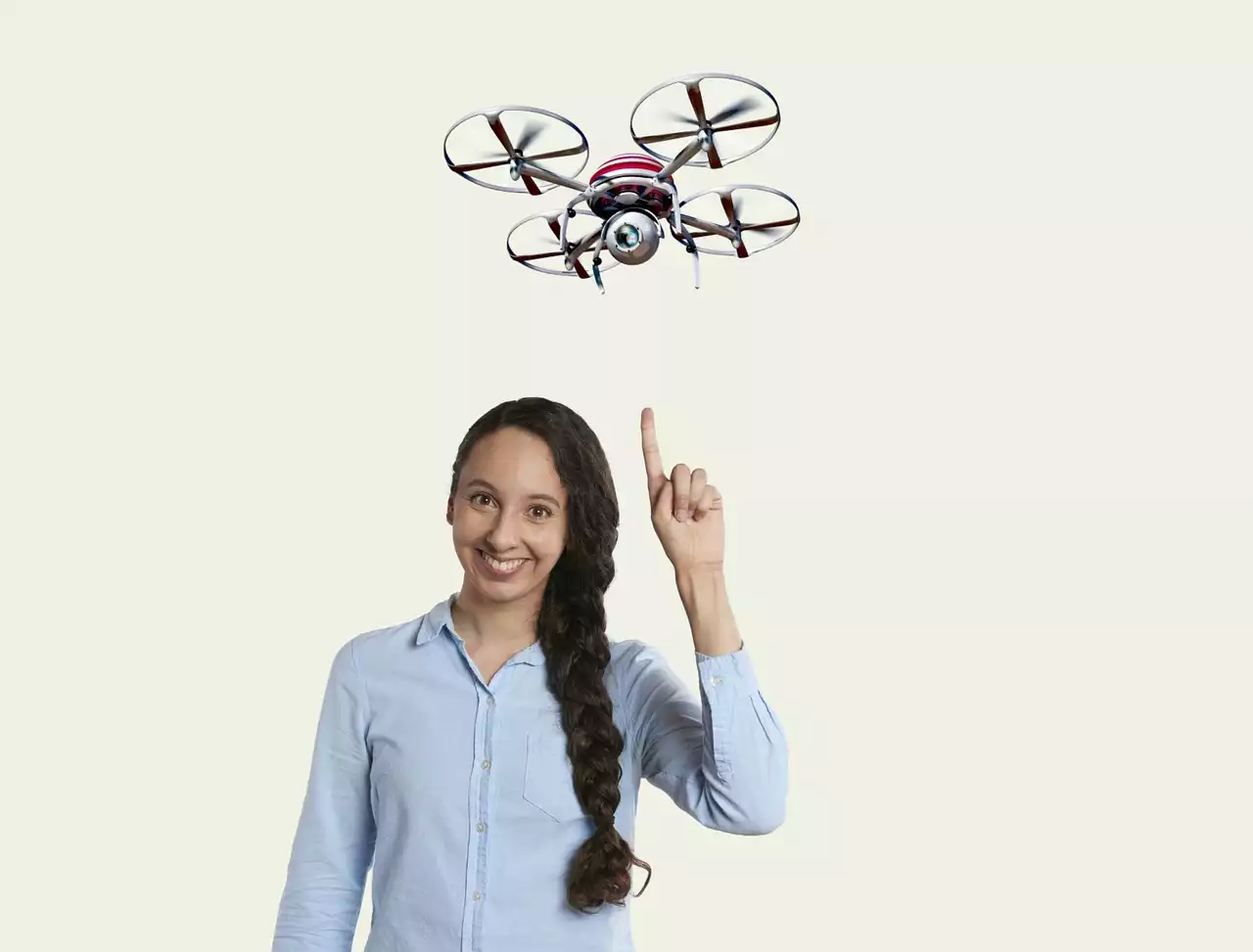
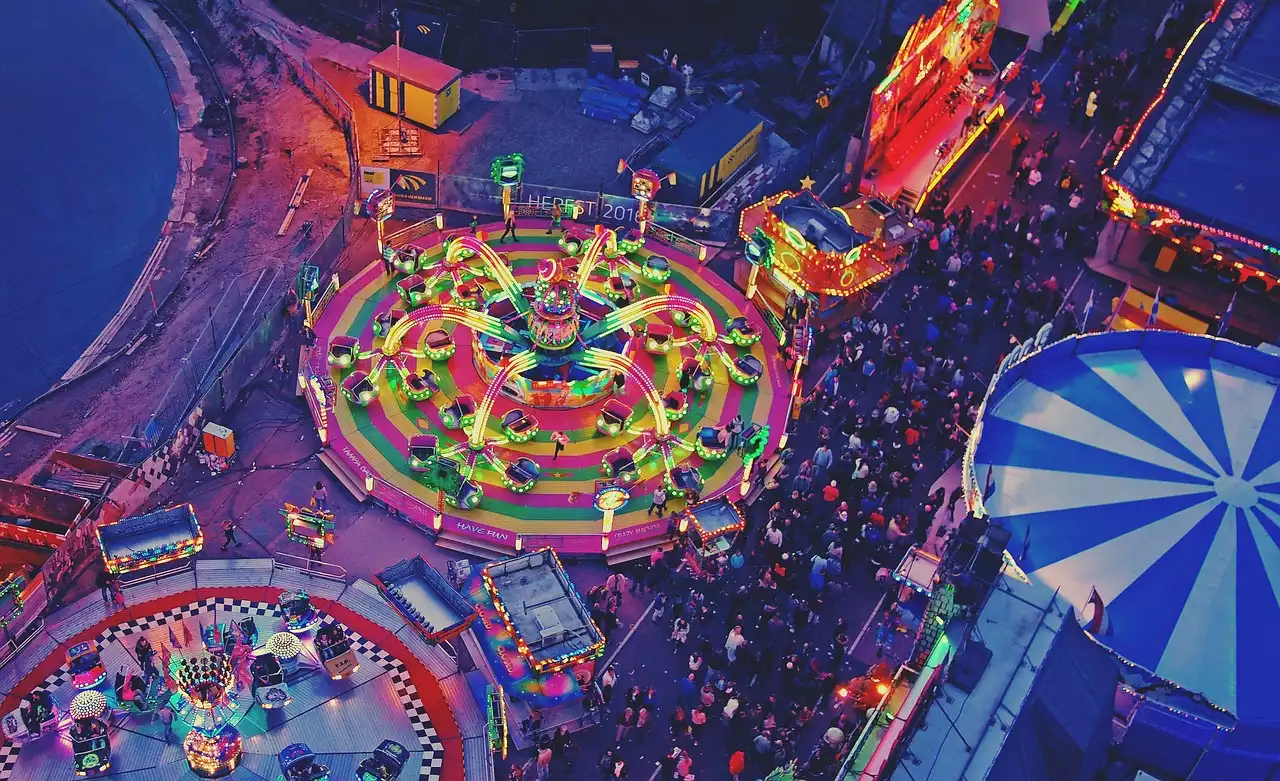
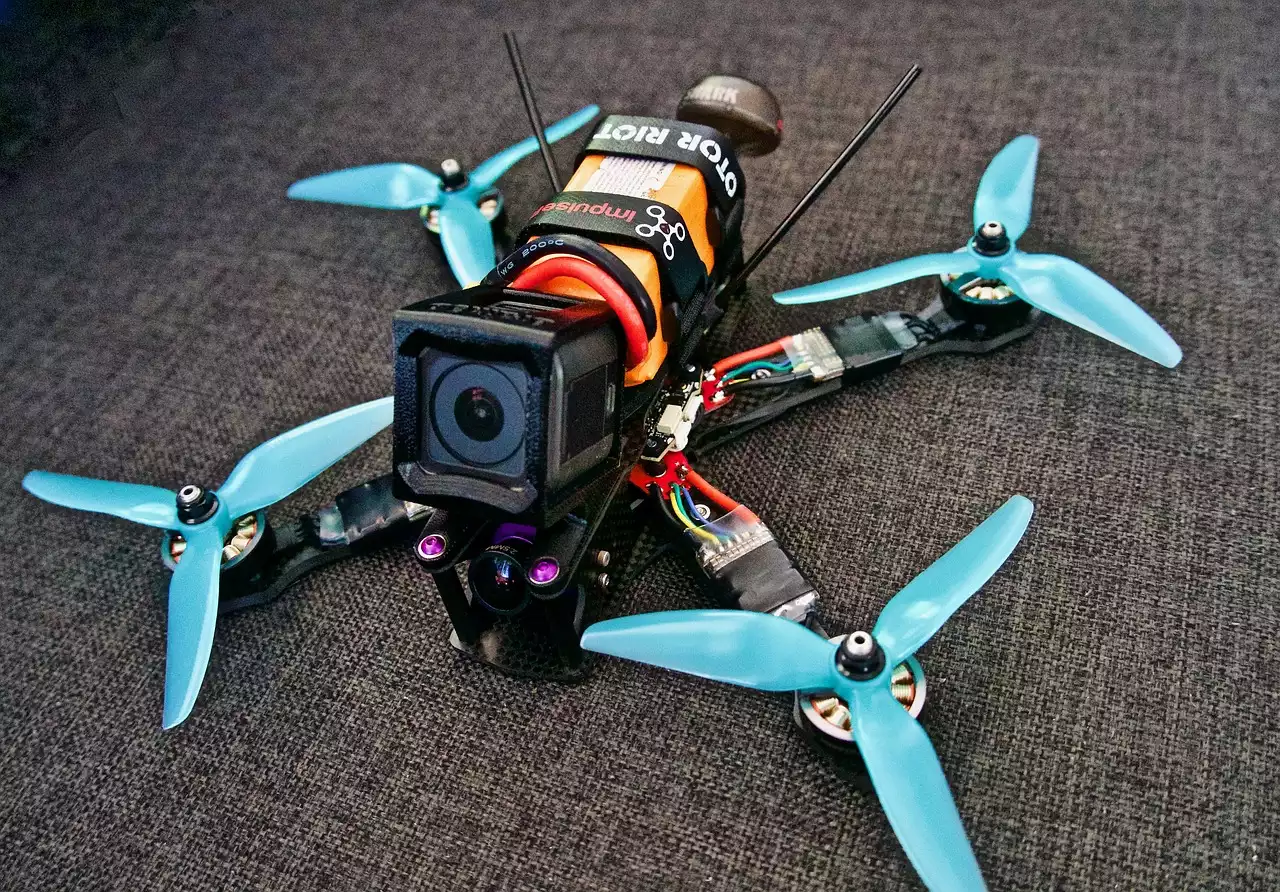
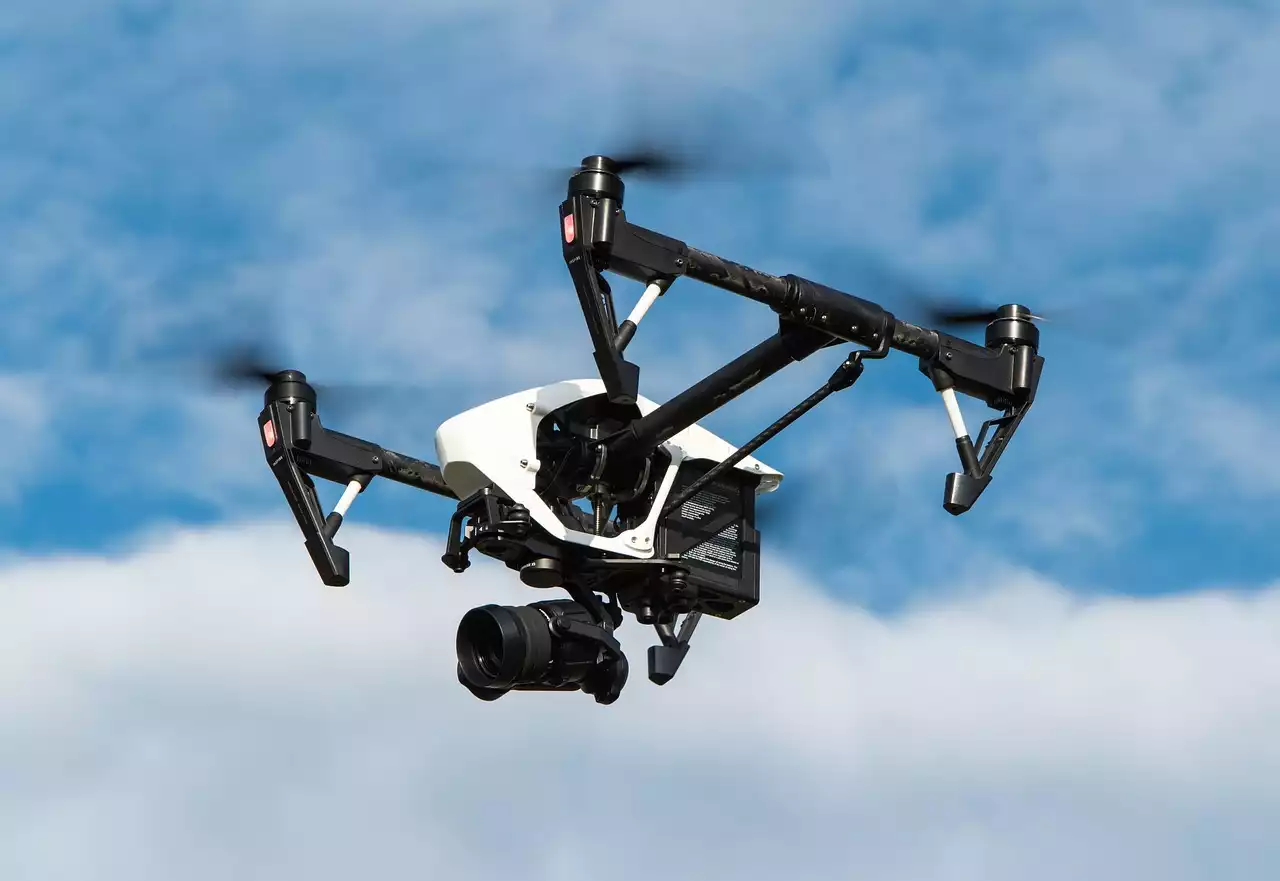
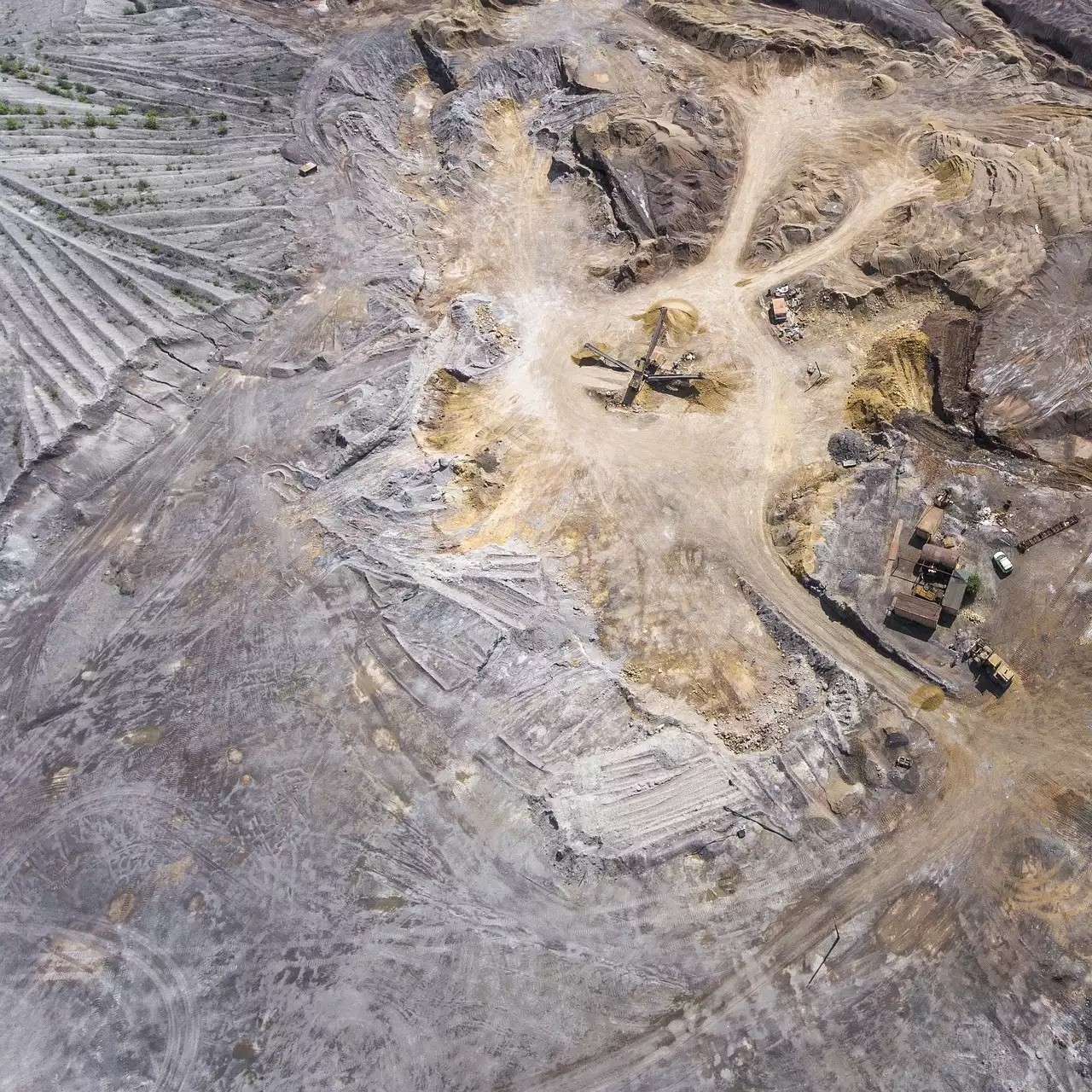
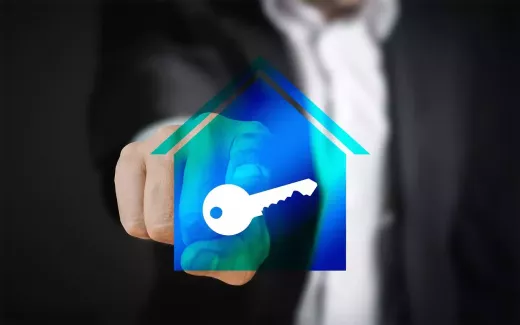


.png?size=50)
